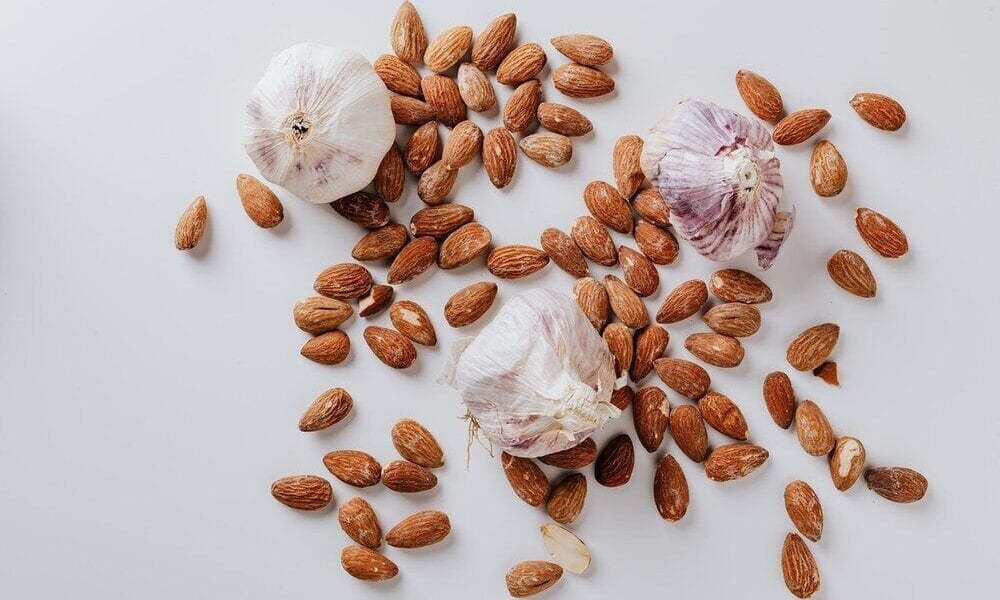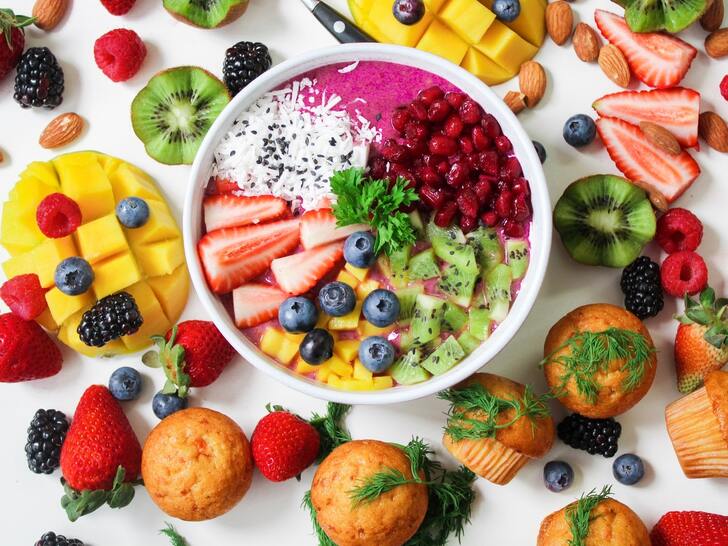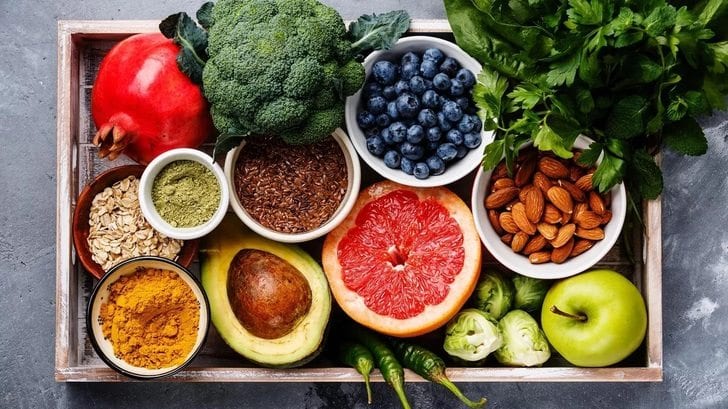
Decoding The Superiority Of Superfoods

Don’t you feel the word “superfoods” has recently caught a little too much attention? It makes us feel like it’s going to have something to do with a new kind of Avengers sequel! Okay that was a lame attempt at being funny.
But on a serious note, superfoods have caught the attention of health and nutrition experts around the world recently, and the reactions have created a divide. One lot believes that superfoods represent a positive revolution around the world, as they indicate that people have begun to understand the importance of healthy food. The second side, however, sees the dangerous and slightly disturbing aspect citing that though certain foods have abundant nutritional value and properties, exaggeration always leads to problems.
Now the obvious question is – which side is correct? Well, let’s try to find the answer to that.
Read – What Is the Primal Diet? Steps, Weight Loss, and More

Pexels | The term ‘superfoods’ has gained much popularity recently
Understanding Superfoods
Superfoods are natural foods that are low in calories and high in nutrients at the same time. Most of them are rich sources of antioxidants, and the quantity varies from one type to another. But they all have a good volume of important elements in them.
The nutrients in superfoods offer several health benefits like preventing cancer and heart disease, reducing cholesterol levels in the blood and arteries, boosting immunity, and helping to fight infections, reducing weight and fighting obesity, significantly increasing metabolism rates, as well as enhancing the health of the digestive system.
Popular examples of foods that have been labeled “superfoods” include broccoli, cranberries, beetroot, green tea, pomegranate juice, chocolate, fatty fish, and garlic. The common characteristic that distinguishes them from the rest of the foods is their high content of antioxidants, known to protect cells from damage and fierce cancer. They are also very rich in omega-3 fatty acids.

CNET | The most common superfoods includes broccoli, cranberries, beetroot, green tea, almonds and garlic
BUT…
However, scientifically and accurately, there is no official definition of a superfood. In fact, some government and official agencies have banned the use of this term as a promotional name and prevented its use in the world of marketing to increase the sales of certain food under non-scientific names!
Also, what most nutrition experts say is that no matter how great a particular food is, in the end it remains just that – one type of food, not a complete diet. For example, you can depend on blueberries for their health benefits, but you cannot stick to only them as a complete diet. Moreover, following the strategy of eating unhealthy food the entire day and then having a bowl of blueberries as some sort of elixir won’t work; it will, in fact, backfire on you. The same applies to fads like green tea.
Read – Global Superfoods Market Set To Touch Double Digit CAGR

Pexels | Having them in moderation is okay, but you can’t depend on superfoods to overcome the ill-effects of other unhealthy eating
So basically what we’re saying is
Use food that’s best for your health, irrespective of what it’s called. But it should be part of a healthy, comprehensive, balanced and appropriate diet for you. There’s nothing called “magical” food so don’t follow anything blindly.
More in Food
-
`
How Much Does It Cost to Travel in Europe?
Dreaming of strolling along the Seine in Paris, exploring ancient ruins in Rome, or sipping sangria on a Spanish beach? Europe’s...
August 13, 2024 -
`
Mahershala Ali and Amatus-Sami Karim’s Decade-Long Marriage
Who is Mahershala Ali married to? This question often arises when discussing the acclaimed actor. Mahershala Ali, the talented and versatile...
August 5, 2024 -
`
Is It Normal to Be Sore After a Massage? 9 Ways to Relieve Soreness
Is it normal to be sore after a massage? Many people schedule a massage to drift into a state of relaxation...
August 3, 2024 -
`
Delicious Pescatarian Breakfast Ideas
Exploring new breakfast ideas can be a delightful way to start your day, especially when they align with a pescatarian diet....
July 24, 2024 -
`
Is Phuket Worth Visiting in 2024?
Phuket, Thailand’s gem of an island, has long attracted travelers with its pristine beaches, lively nightlife, and cultural treasures. The question...
July 19, 2024 -
`
What is the Best Way to Melt Chocolate for Any Recipe?
Chocolate is a beloved ingredient in many desserts, from ganache and cake batters to decadent drizzles over ice cream. Knowing what...
July 12, 2024 -
`
How to Plan a Backpacking Trip Like a Pro in 16 Steps
Planning a backpacking trip can be as thrilling as it is daunting, especially if you’re keen to make every moment count....
July 5, 2024 -
`
How to Build Fast-Twitch Muscles in 5 Simple Steps
Have you ever wondered how to build fast-twitch muscles? These powerful muscle fibers are key to explosive strength and speed. Whether...
June 20, 2024 -
`
How to Create the Perfect Goulash Recipe Every Time
As autumn leaves paint the landscape in warm hues, nothing complements the chill in the air quite like a bowl of...
June 15, 2024















You must be logged in to post a comment Login